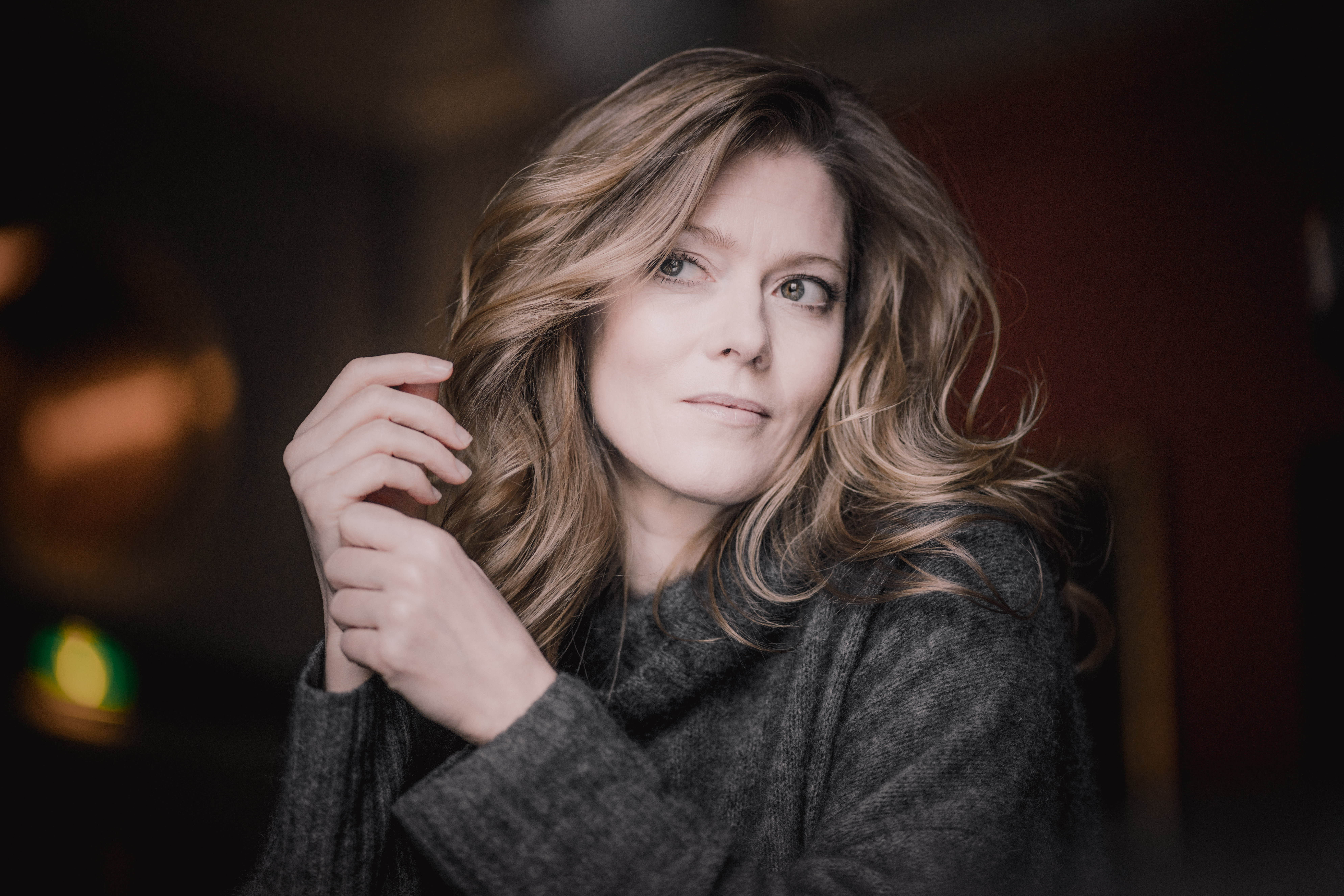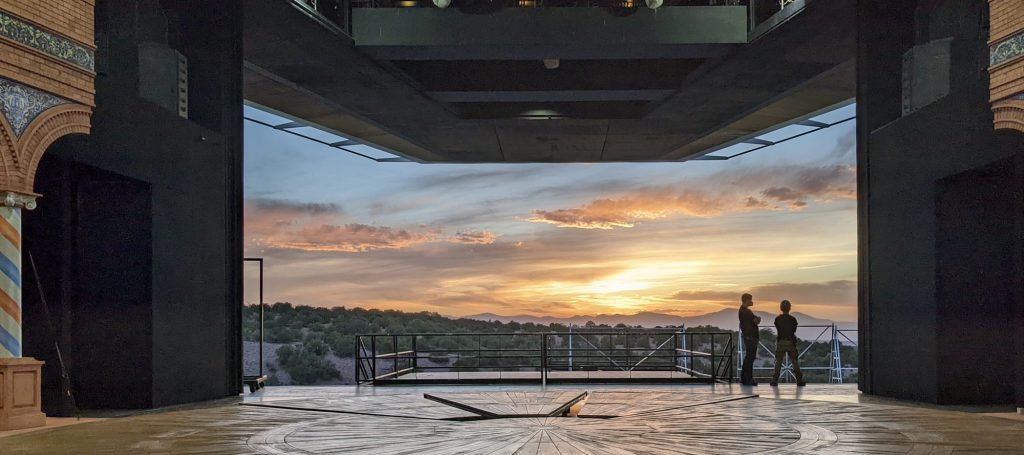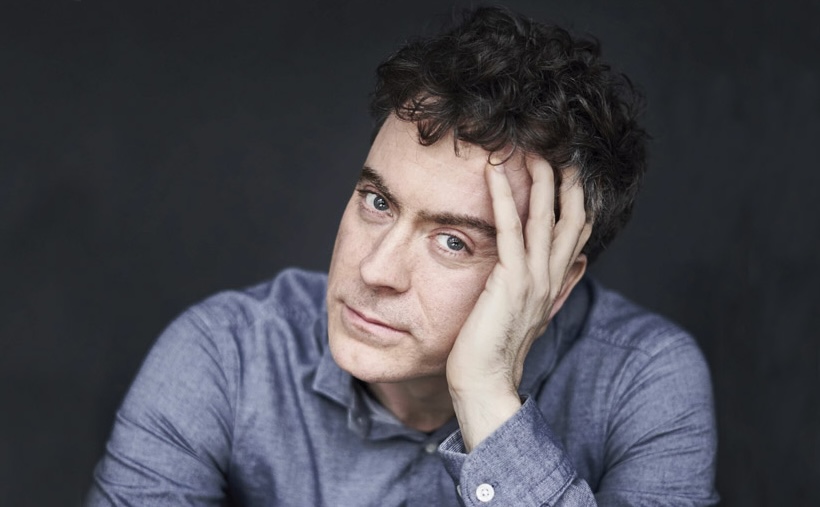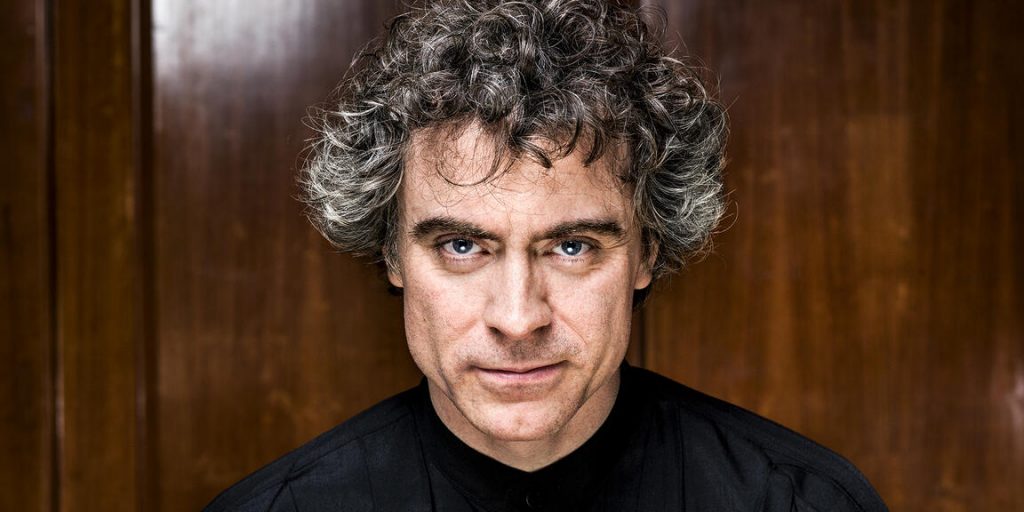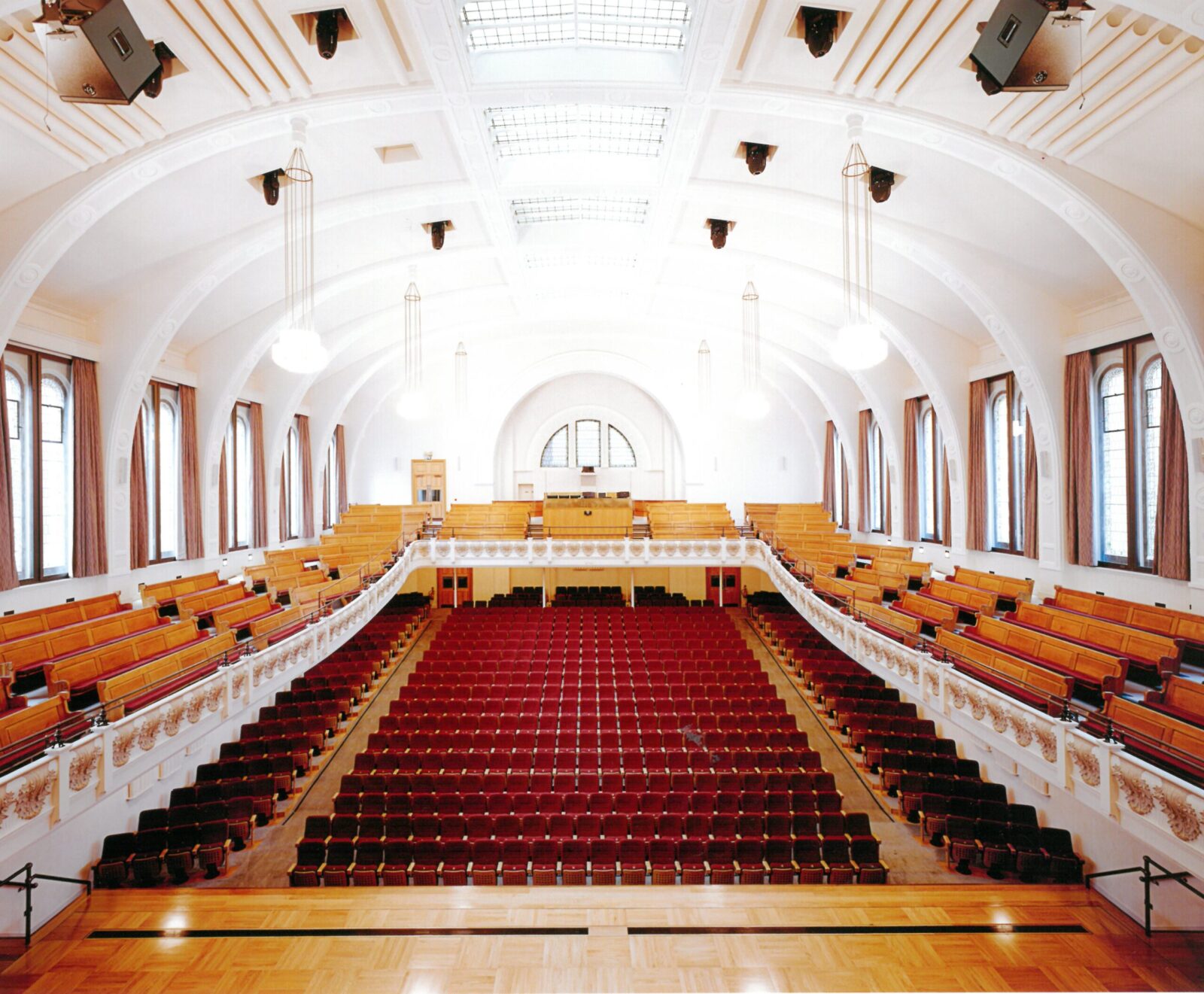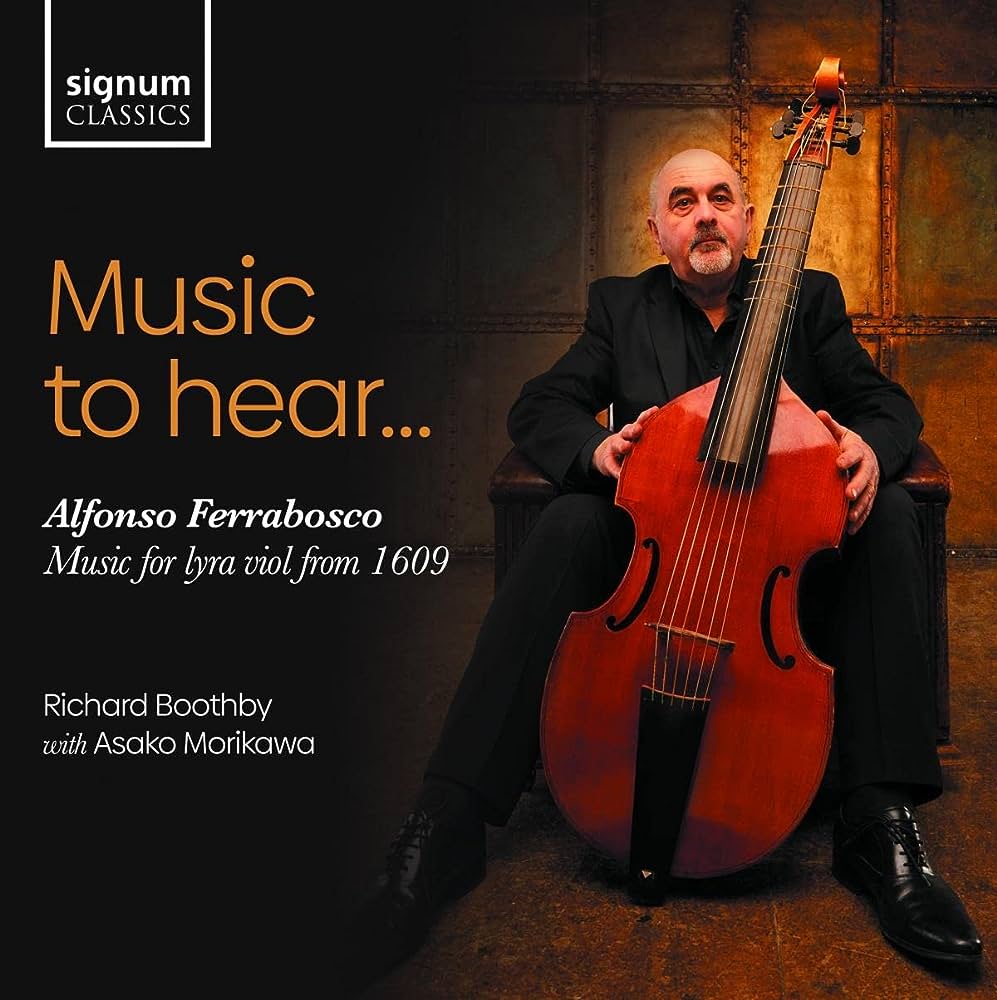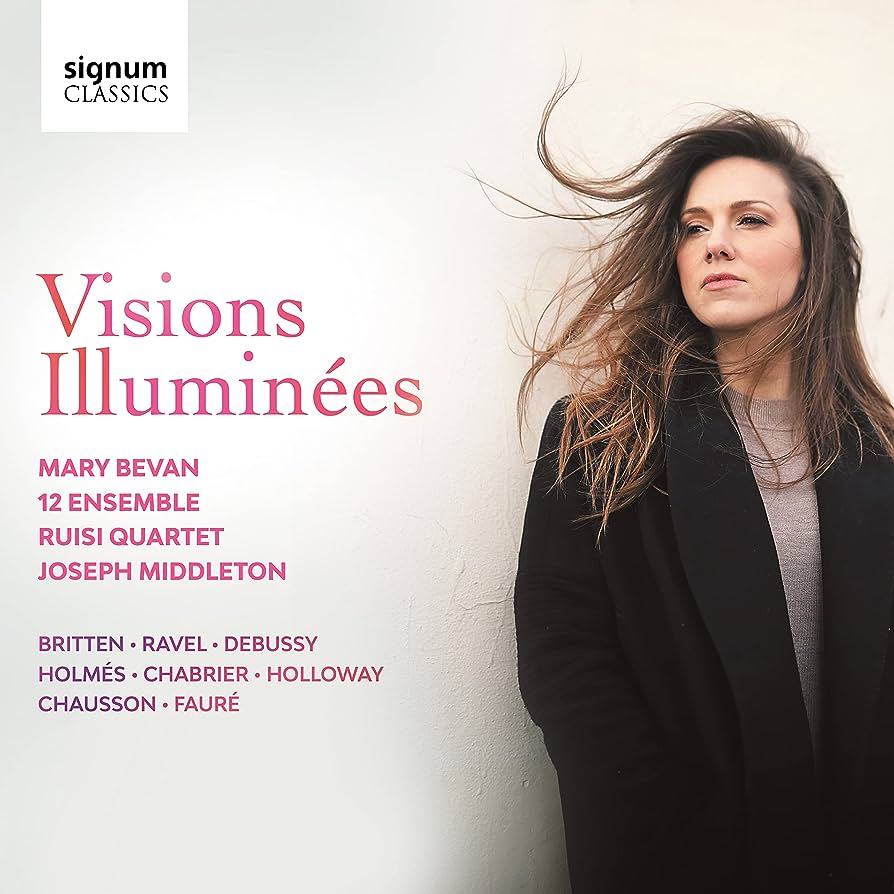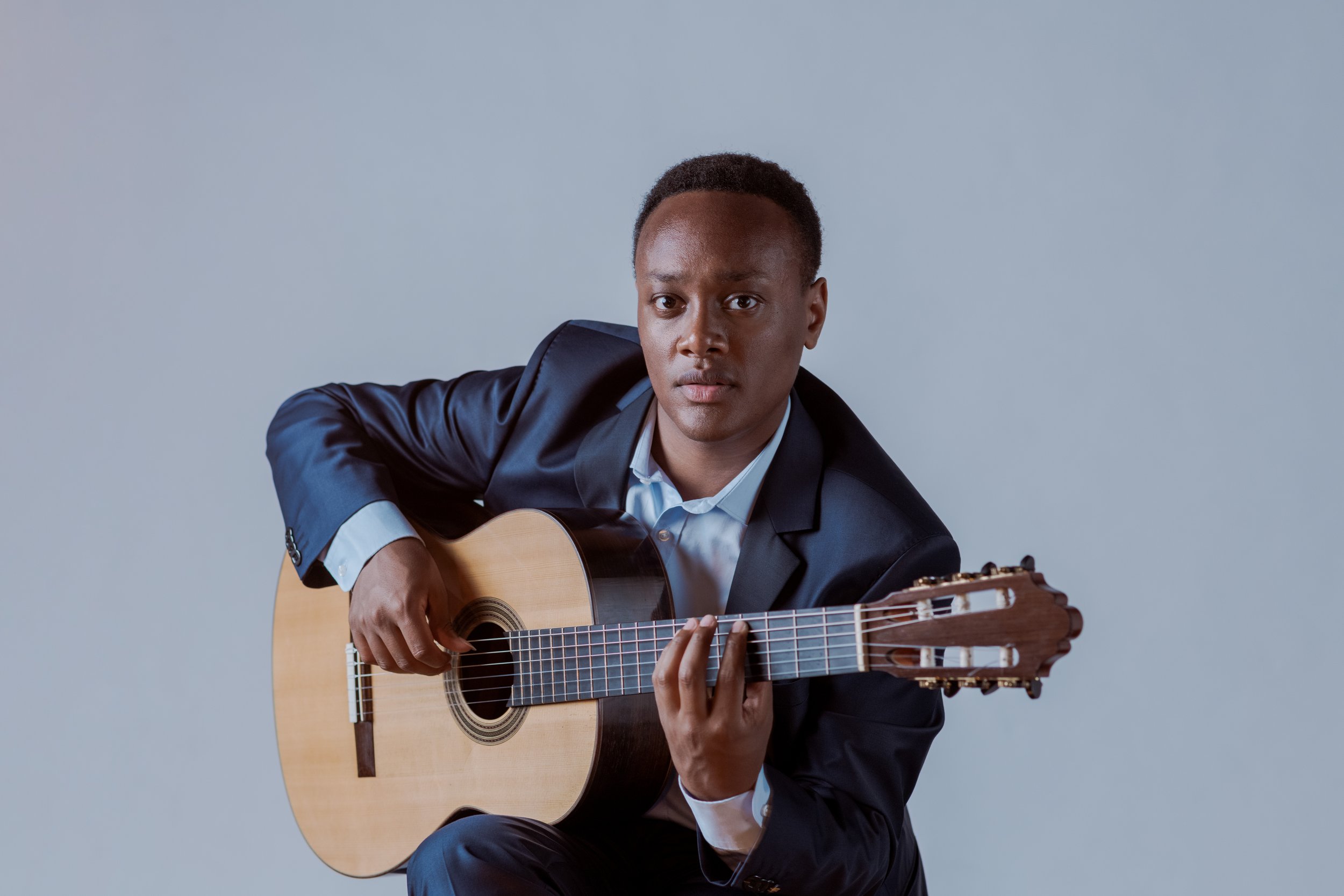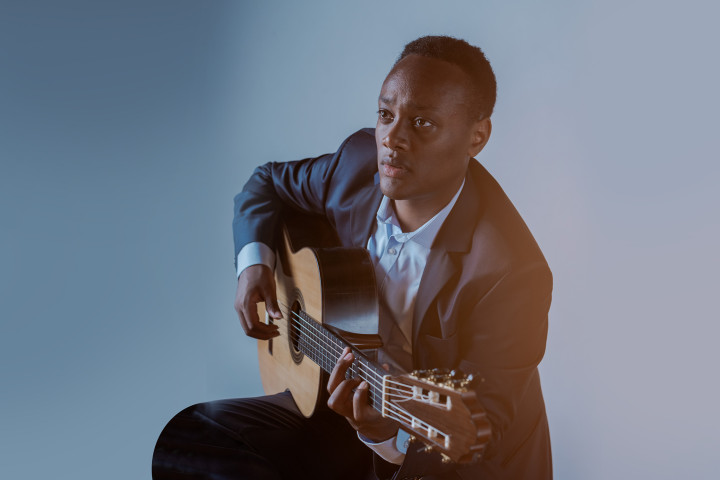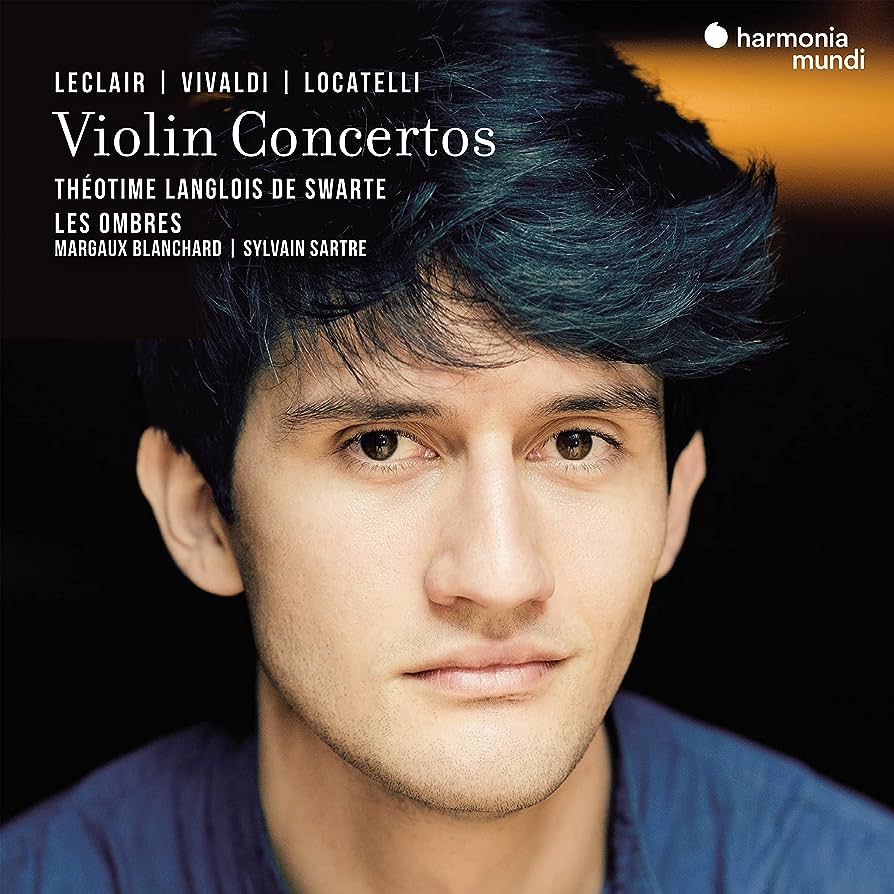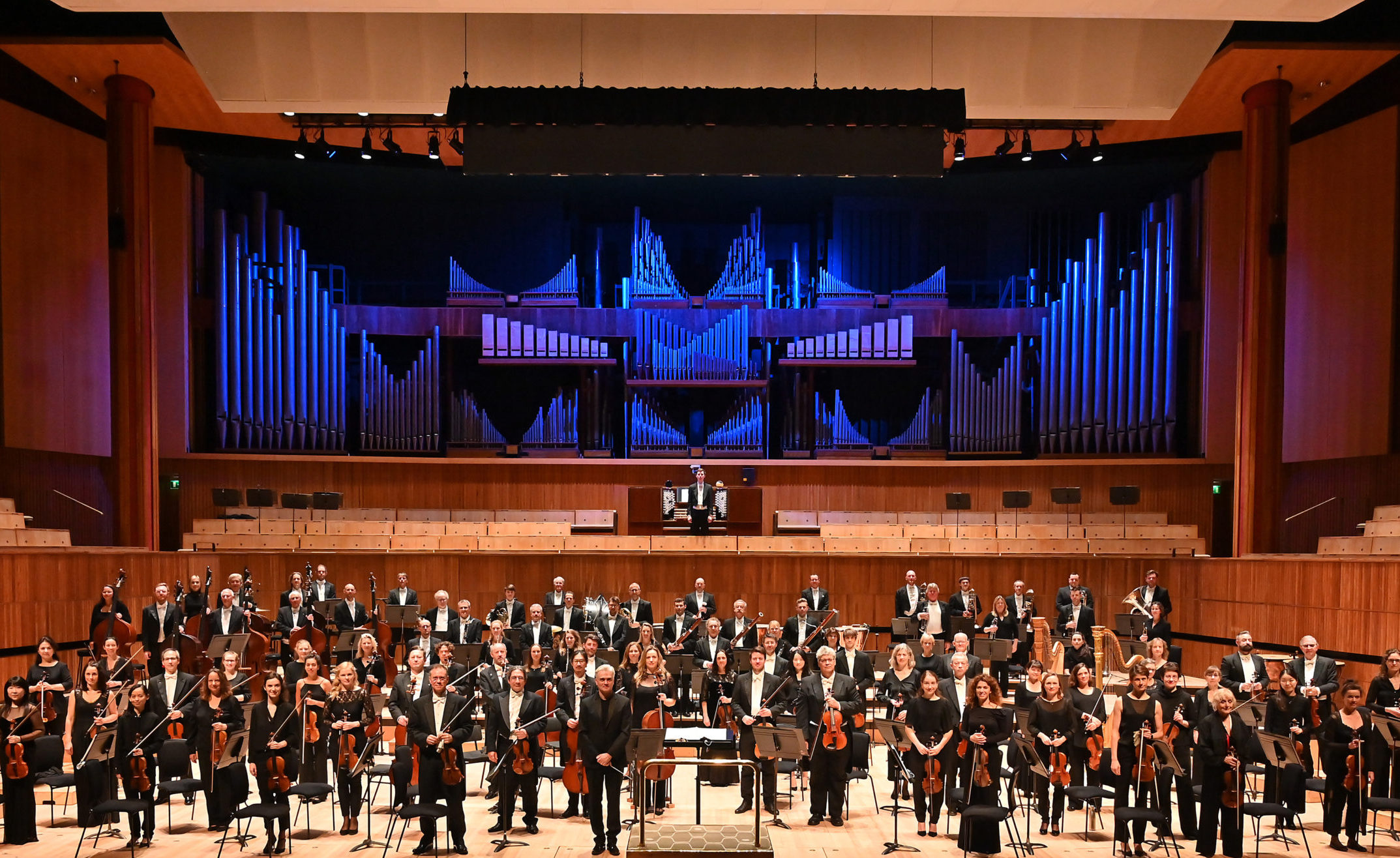BARBARA HANNIGAN
The Versatile Virtuoso – Blending Conducting and Singing in Contemporary Opera
In the dynamic and ever-evolving world of classical music, soprano and conductor Barbara Hannigan stands out as a beacon of innovation and versatility. Her unique dual role in the realms of contemporary opera not only breaks traditional boundaries but also introduces a fresh perspective on performance and interpretation.
Hannigan’s journey from a world-renowned soprano to a respected conductor is a tale of passion and perseverance. Known for her exceptional vocal skills, particularly in contemporary opera, Hannigan has extended her artistry to the podium, seamlessly blending the roles of a conductor and a soprano. This rare combination has earned her acclaim in the world of classical music, where she is seen as a trailblazer.
Hannigan’s repertoire spans a wide range of contemporary composers. She has a special affinity for the works of Henri Dutilleux, whose opera “Correspondances” she performed entirely by heart, a feat that deeply moved the composer. Her approach to music is physical and emotional, embodying the pieces she performs, and transforming them into extensions of her artistic expression.
In her performances, Hannigan is known for her dynamic presence, both as a conductor and as a vocalist. Her ability to transition fluidly between conducting an orchestra and delivering a vocal performance is nothing short of mesmerizing. In pieces like Mozart’s concert aria “Vado, ma dove? O dei!” she begins conducting in a traditional pose, only to spin around gracefully and assume the role of the soloist, all while maintaining a deep awareness of the orchestra.
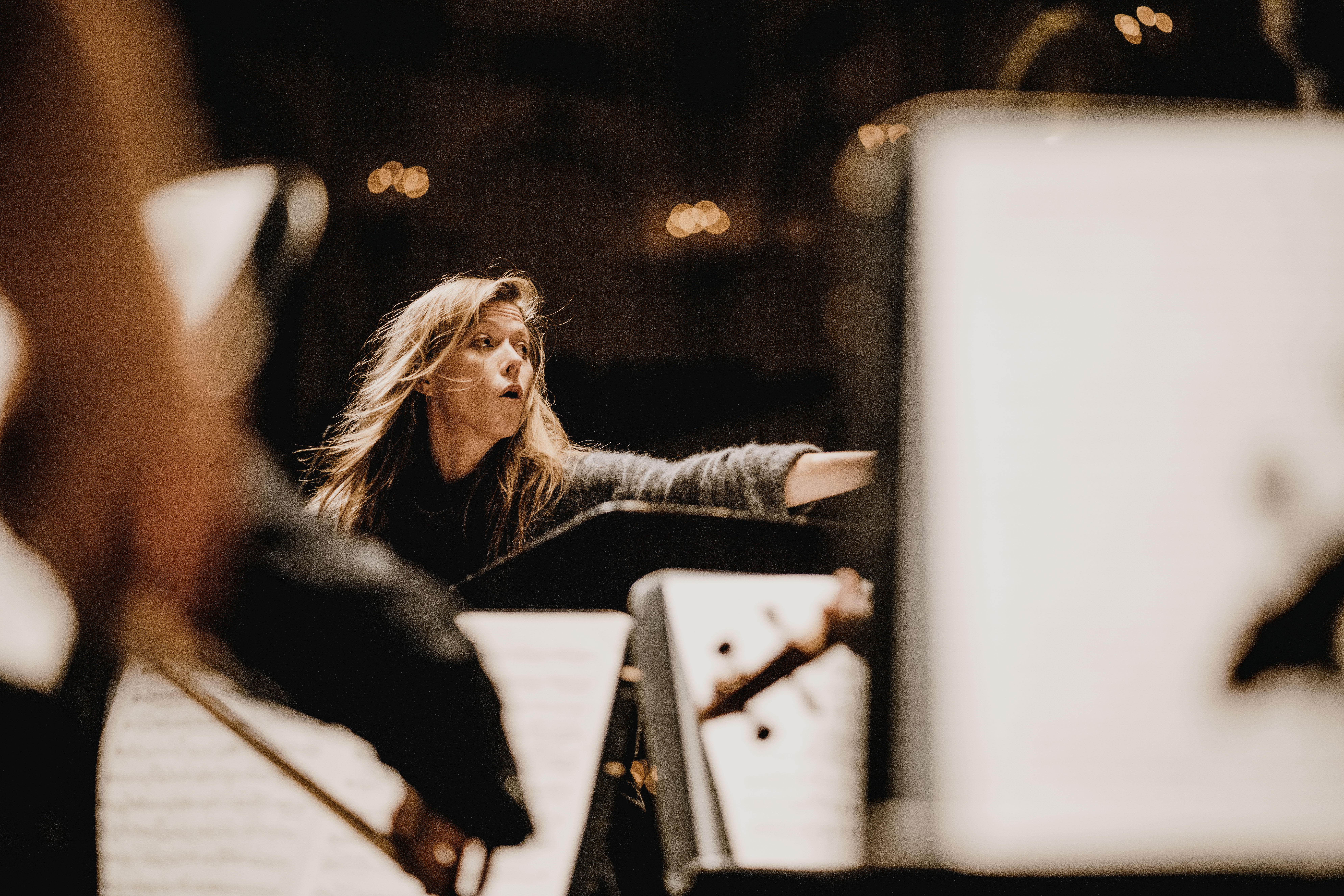
Hannigan’s artistry is not confined to traditional interpretations. She often explores challenging and avant-garde pieces, bringing a unique energy and insight to her performances. Her rendition of contemporary works, such as those by Ligeti, has been praised for its precision and emotional depth. Her performances are characterized by a keen sense of exploration and a commitment to pushing the boundaries of what is possible in classical music.
As a conductor, Hannigan is known for her fluid and expressive style. She often appears to be dancing through the music, sculpting the sound and silence with her movements. This approach not only captivates audiences but also brings out the best in the orchestras she leads.
Barbara Hannigan’s dual role as a soprano and conductor, along with her commitment to contemporary opera, makes her a unique and influential figure in the classical music world. Her performances are more than just exhibitions of technical skill; they are profound experiences that resonate with audiences and fellow musicians alike. As she continues to break new ground, Hannigan remains a luminous and inspiring figure in the evolving landscape of opera and classical music.

